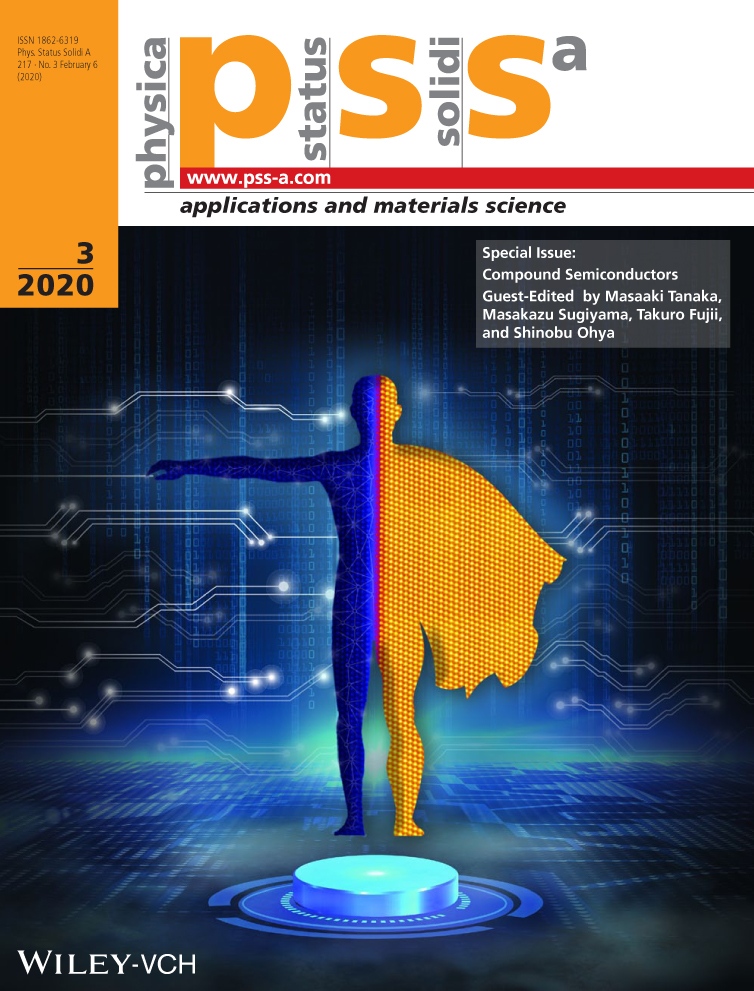The Effect of Introducing Optical Blanking on GaN Epitaxy Using Pulsed Laser Deposition Technology
Abstract
The optical blanking operation of pulsed laser deposition (PLD) using a picosecond laser enables the dramatic reduction of sheet resistance with excellent uniformity for the regrowth of heavily Ge-doped GaN films. Attained carrier density exceeds over 3.5 × 1020 cm−3, which is good enough to achieve nonalloy ohmic contact. The obtained contact resistance is 0.05 Ω mm regardless of the overlaying metal. Blanking duty ratio for the pulse-mode operation can be simply controlled by rotating the half-wave plate outside the vacuum chamber. By introducing the blanking mode, the complete elimination of the Ga droplet is achieved even at a growth temperature of 500 °C, showing a decrease in sheet resistance. It is confirmed that the ohmic characteristics remain unchanged on annealing treatment up to 300 °C. The proposed growth technique using laser blanking is free from mechanical shutter; therefore, the technique has superior repeatability in GaN epitaxy. It is believed the present optical blanking operation is a useful technique for the industrialization of practical GaN devices.
Conflict of Interest
The authors declare no conflict of interest.




